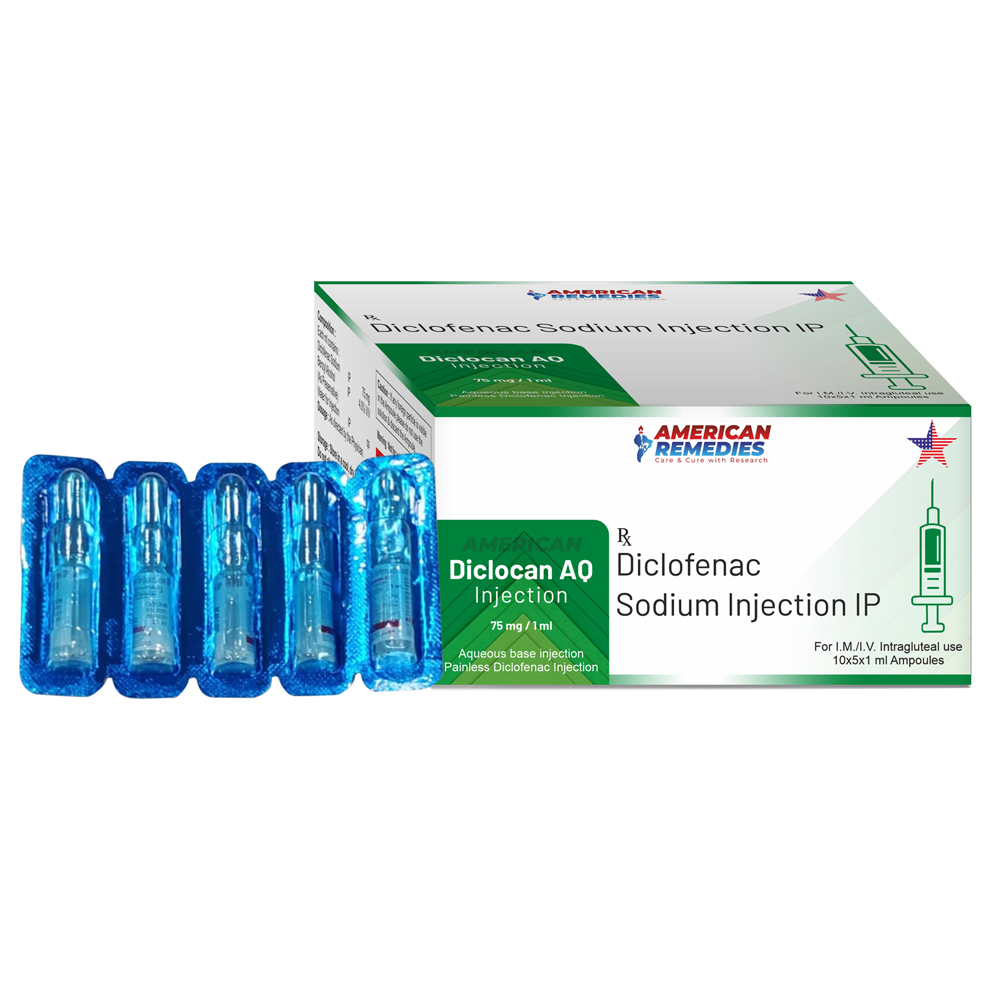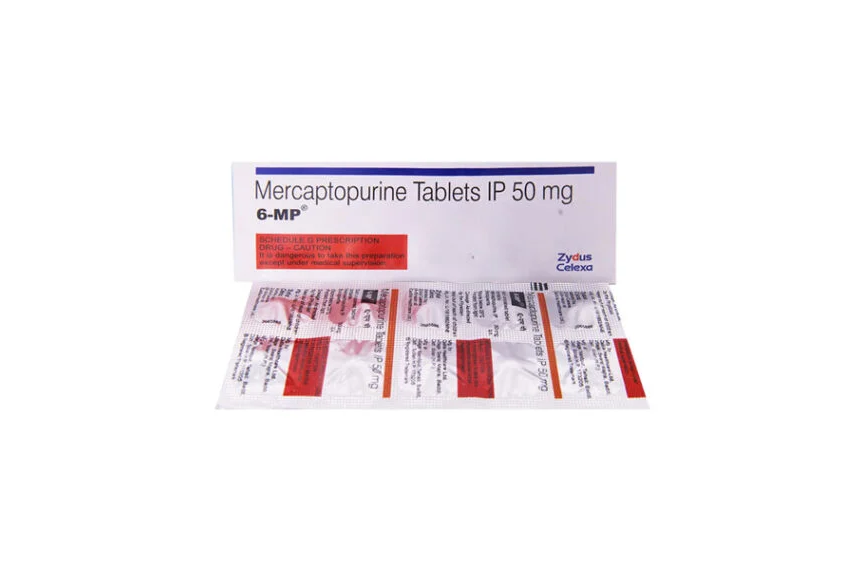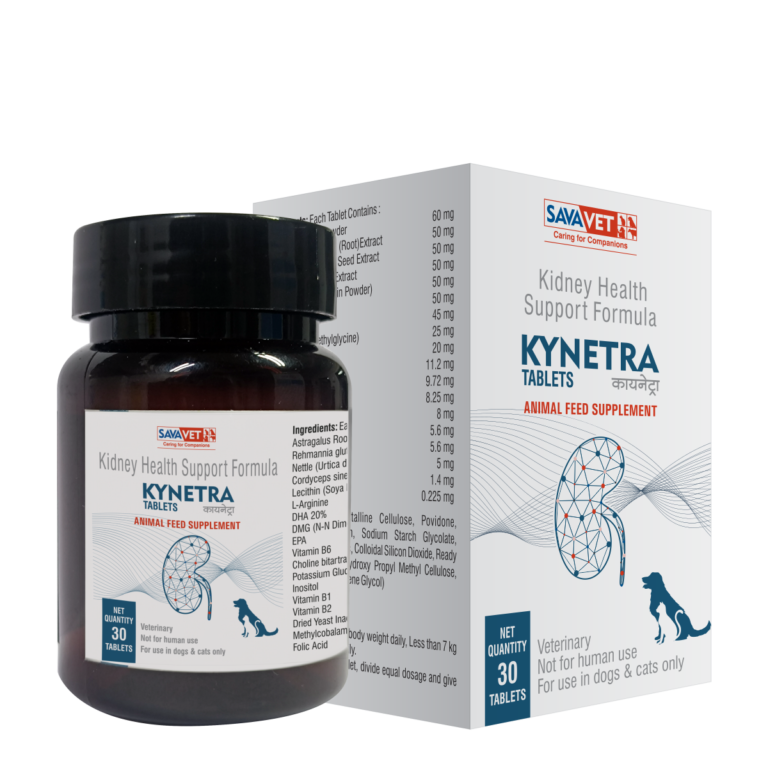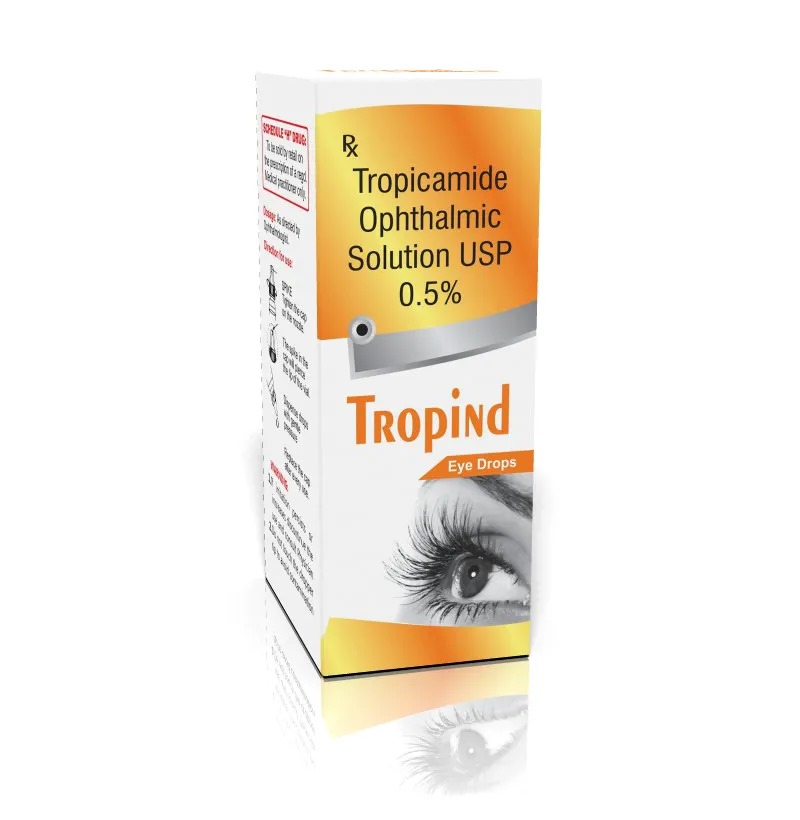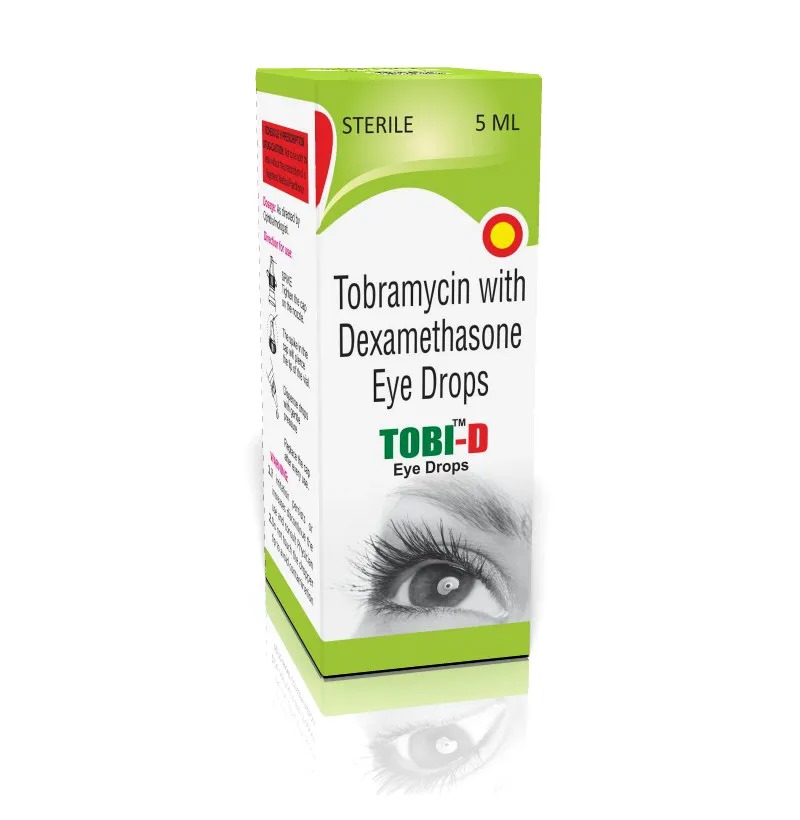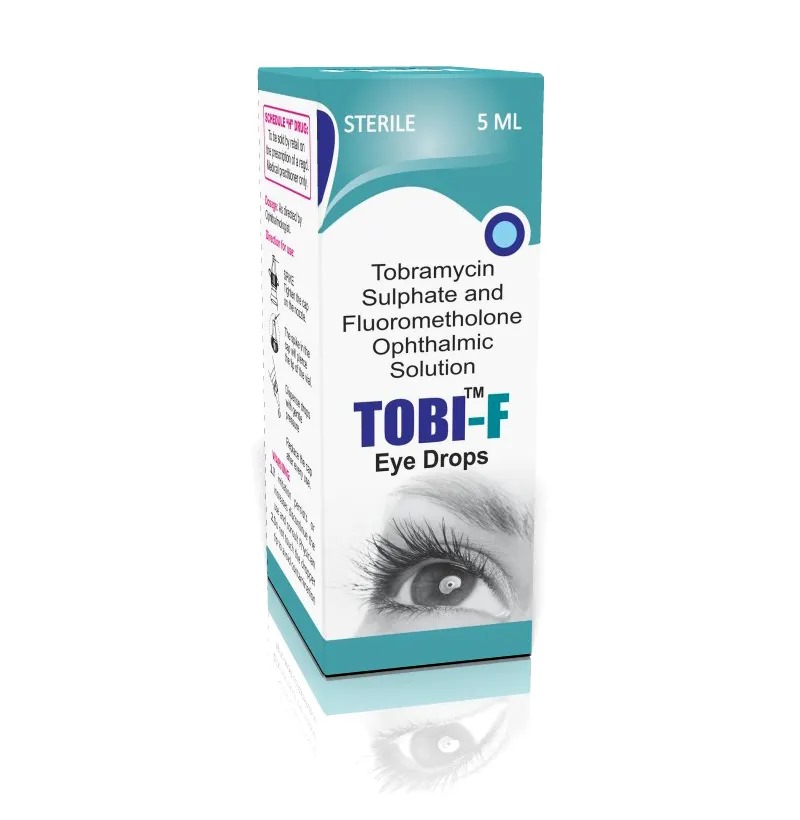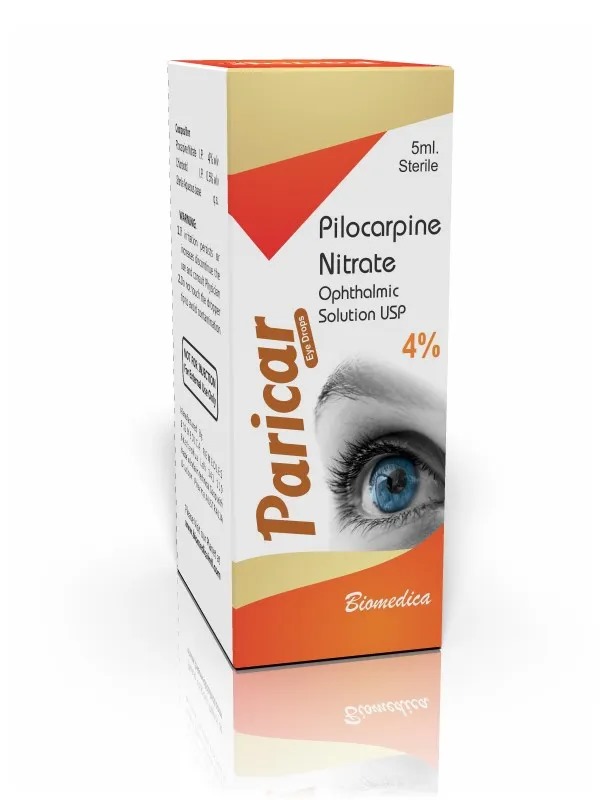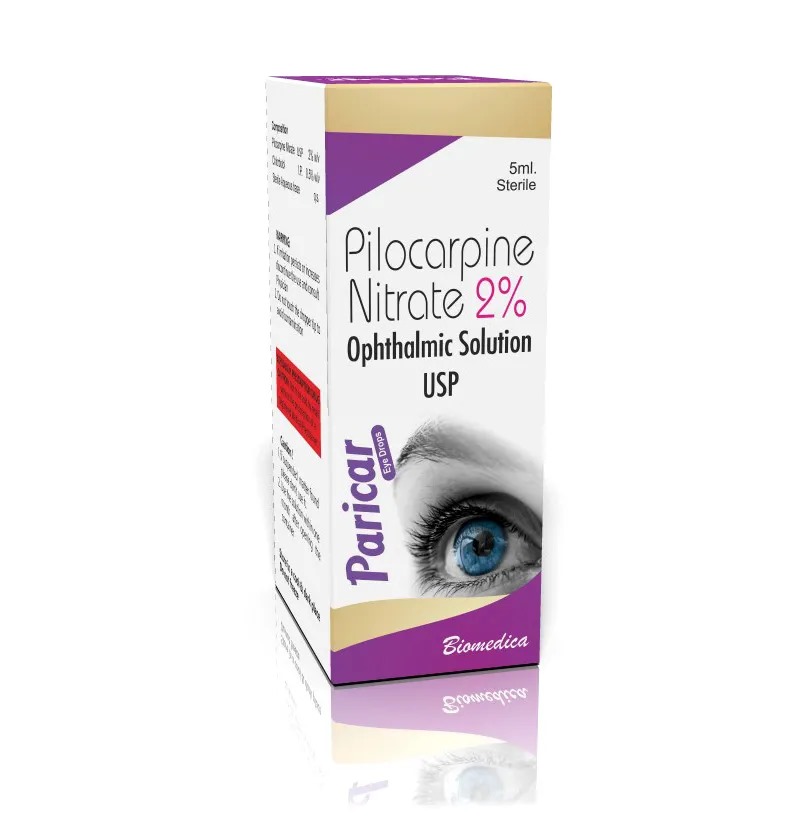Diclocan AQ Injection is a brand of Diclofenac Sodium 75 mg/ml, a nonsteroidal anti-inflammatory drug (NSAID) used to manage acute pain and inflammation. It is commonly prescribed in clinical settings for conditions where rapid pain relief is necessary. ________________________________________ 🩺 Medical Uses Diclocan AQ Injection is utilized for: • Acute Inflammatory Conditions: Such as rheumatoid arthritis, osteoarthritis, and ankylosing spondylitis. • Musculoskeletal Injuries: Including sprains, strains, and fractures. • Postoperative Pain: For pain management following surgical procedures. • Acute Gout Attacks: To alleviate pain and inflammation associated with gout. • Renal and Biliary Colic: For pain relief due to kidney stones or gallstones. The injection works by inhibiting the synthesis of prostaglandins, chemicals in the body responsible for inflammation and pain . ________________________________________ ⚠️ Precautions and Contraindications Before administering Diclocan AQ Injection, inform your healthcare provider if you have: • Allergies to diclofenac or other NSAIDs. • A history of gastrointestinal issues, such as ulcers or bleeding. • Heart, liver, or kidney problems. • High blood pressure or a history of stroke. • Pregnancy, especially in the third trimester, or breastfeeding. This medication is typically administered by a healthcare professional in a clinical setting and is not intended for self-administration. It is usually given as an intramuscular (IM) or intravenous (IV) injection. ________________________________________ 💊 Side Effects Common side effects may include: • Injection site reactions (pain, redness, or swelling). • Nausea or vomiting. • Dizziness or headache. • Gastrointestinal discomfort. Serious side effects are rare but can occur. Seek immediate medical attention if you experience symptoms like chest pain, shortness of breath, or signs of gastrointestinal bleeding. ________________________________________
Send Message